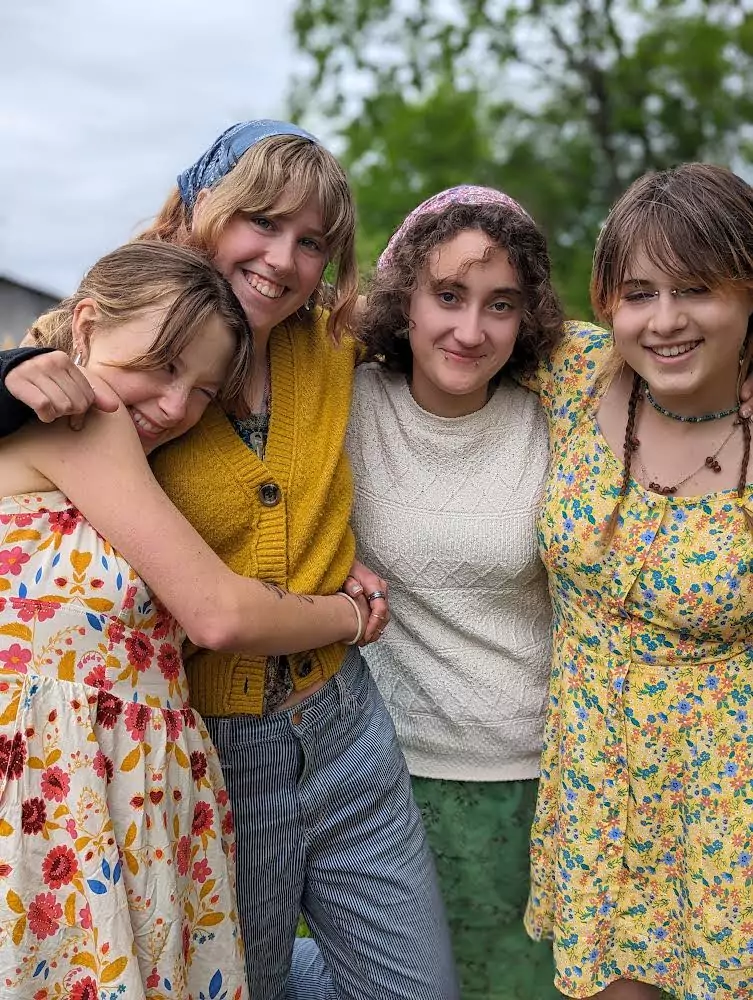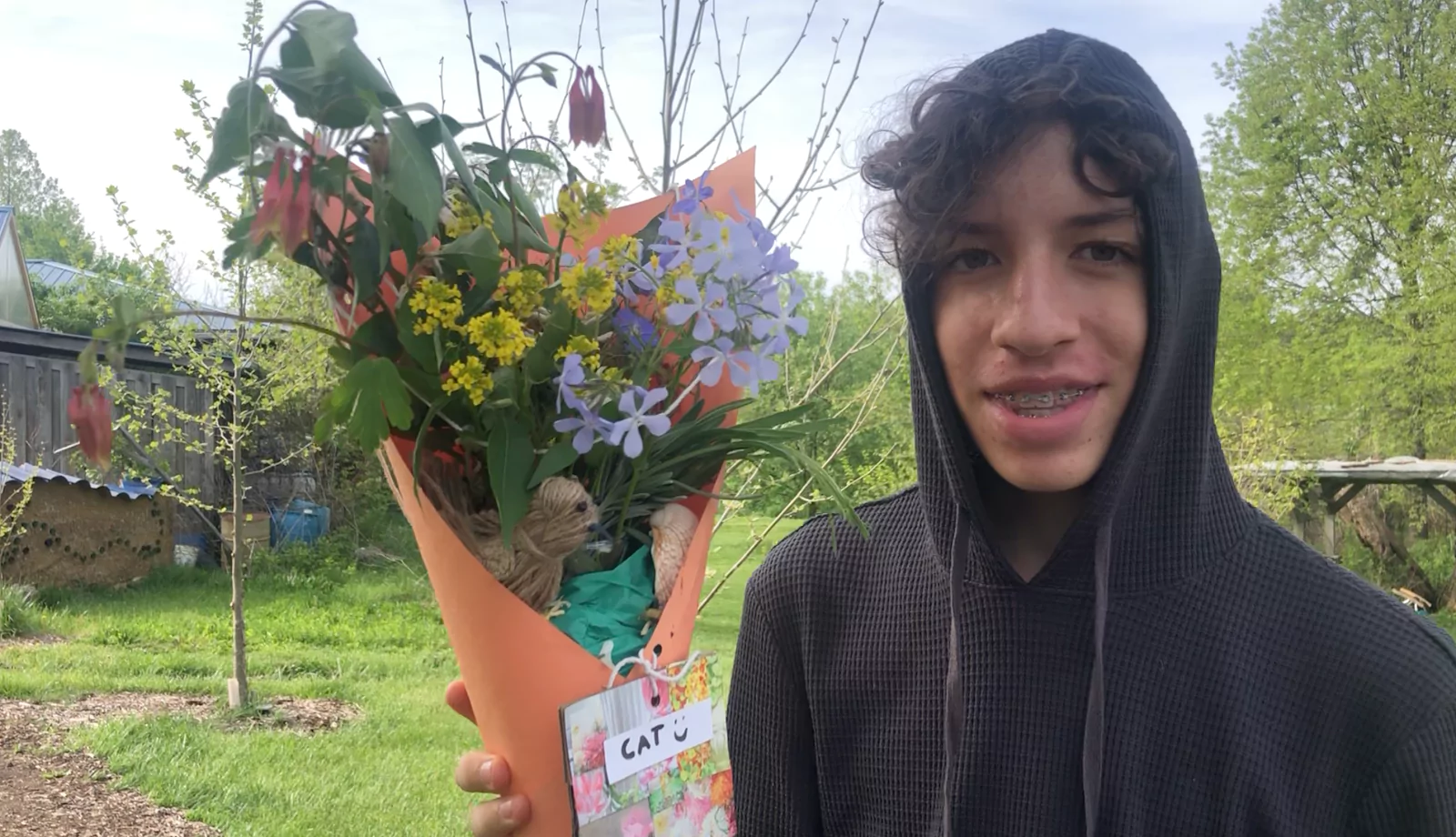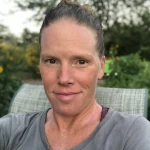When people ask me what it’s like to raise a family here, my stock response is that it’s a great place for kids but not so great for teens.
Christina here, with my latest thoughts on raising teens at DR.
We moved here when my kids were five and nine, and they jumped right into the kid scene. They’d often be out playing for hours at a time, building fairy houses, playing with legos, or just wandering around collecting cool fossils from the gravel roads. We had a robust homeschool co-op and the kids spent most afternoons learning together. While they had some conflict and power struggles, it was obviously a great way to grow up.
Now that they are teens, I worry more about what they are missing out on. None of the options for school are perfect: homeschool—lots of freedom and choice but not much social interaction; three-day-a-week school in Kirksville—good friends but no extra curricular options; or the local public school—long days and very little flexibility for travel.
For this year, we have one teen who chose to homeschool and one who is going to school in Kirksville. Are they missing out because they can’t do musical theater or track or join clubs? Will they get into college without a school counselor or the traditional high school resume? Did we make terrible choices that will haunt them for the rest of their lives? I know that the answers are: probably, yes, and no, but still, I worry.
As with any and all aspects of raising kids, there isn’t one perfect option, and you really don’t know how things will turn out. There’s also the issue that I have been trained throughout my life to value the things that traditional school has to offer—sports and clubs and lots of kids the same age. But the things that living in community offers teens are less obvious.
So, per my usual, I’m going to use this public column to work through some things that are on my mind. So thanks, reader, for another week of free therapy!
One of the biggest benefits for teens living in community is access to friends of all different ages. This past week, my daughter, Emma, turned 18. We celebrated with baked mac and cheese, chocolate chip cookies, and a movie in Casa (the shared dance hall space in the village). At the movie viewing, there were only three other teens, and one was her brother. But there were at least 15 people in attendance of all ages.

When we travel other places, people often comment on how comfortable the kids are when talking to adults and how well they play with younger kids. This is something that I can take for granted here, but it is a great benefit and skill.
The kids are also gaining experience and skills that they wouldn’t be able to get somewhere else. Emma is on the youth committee, where she is learning how to send emails to a group, how to navigate process to come up with solutions for problems like keeping common spaces clean, and how to work with others to make those things happen. Max has had lots of opportunities for his various businesses that he likely wouldn’t have somewhere else—access to adults who are willing to hire a 14-year-old to clean their rental spaces or even take care of communications with renters has been great for him.

Another benefit to growing up here is that they see that the typical nine to five is not the only option. Spending time with people who support themselves in so many different ways, they get that example of working to live rather than living to work. They are learning that they might end up taking many different paths in their lives, and they might end up getting a job that pays the bills so that they can work on their passion projects in their spare time. Perhaps most importantly, they are learning the benefits of having a lifestyle that doesn’t require them to work 60 hours a week to keep up on the latest and newest and biggest.
They’re learning to appreciate the little things (potable hot and cold running water! Flush toilets! Public buses!) that they have grown up without. This means that they get some strange looks when they go other places and ask if they can drink the water from the sink, but it may be worth it in the end.
Teens here are also living among people who have, at one point in their lives if not more, taken a huge leap of faith to move to the middle-of-nowhere Missouri to take part in this project which may or may not make a difference in the world.
I’m not sure what the final impact will be of growing up among adults who, yes, get frustrated and burned out and annoyed with each other, but who also believe that it’s at least worth trying something different.
So, I guess maybe my stock response from now on will be that Dancing Rabbit is a great place for kids and when it comes to teens, well, there are varied and subtle benefits that are not always easy to identify.

Christina Lovdal Gil navigates between extended family in Massachusetts and Spain, and Missouri. Many times, for many years, she is the instigator of group games, co-op gardening, and group dinners within our community.
